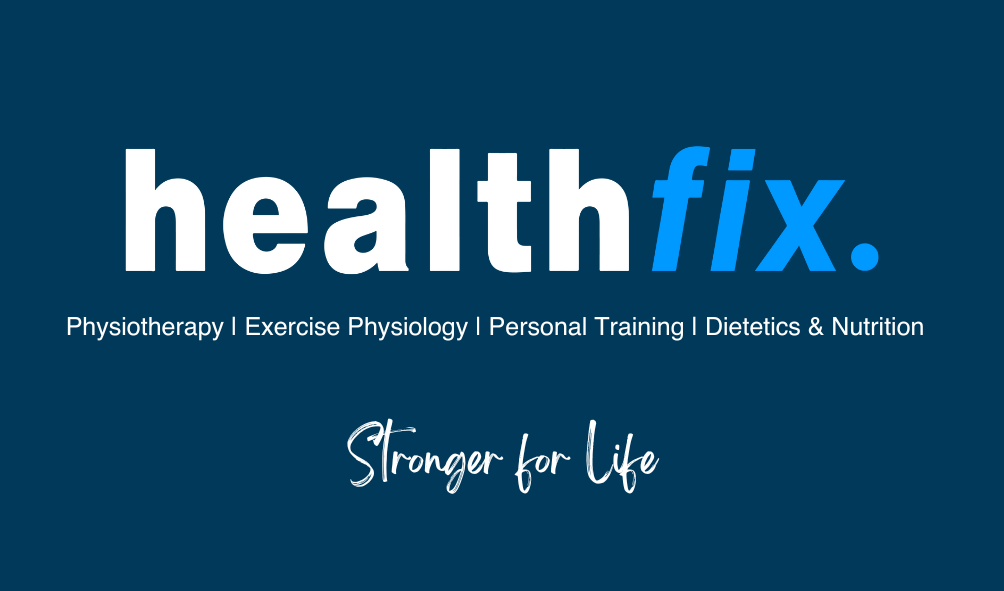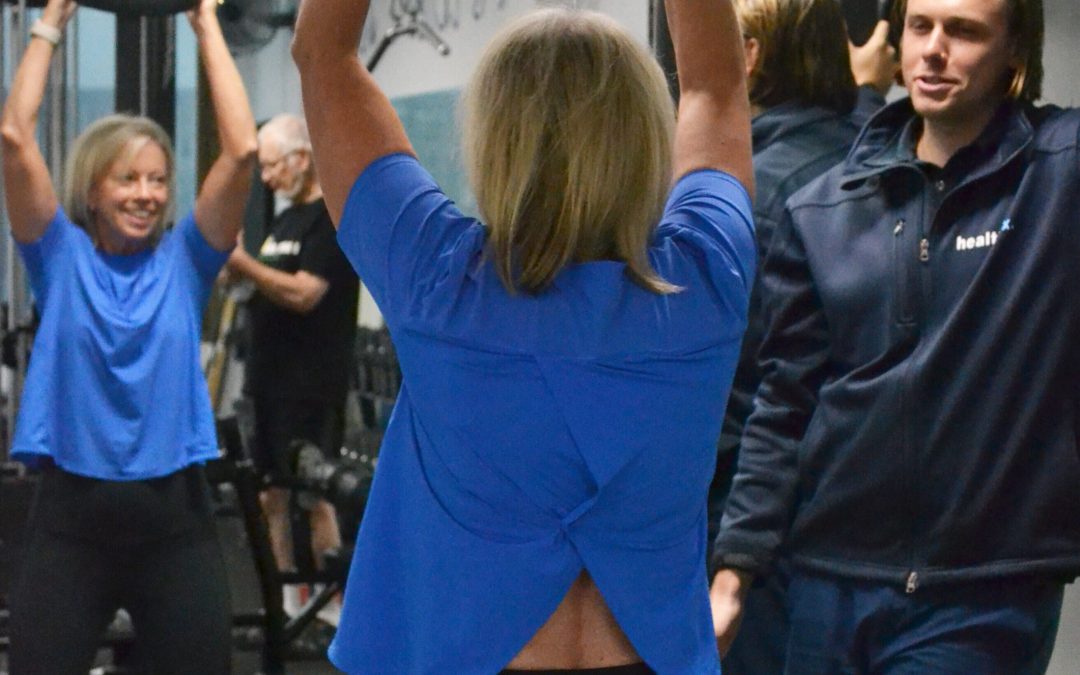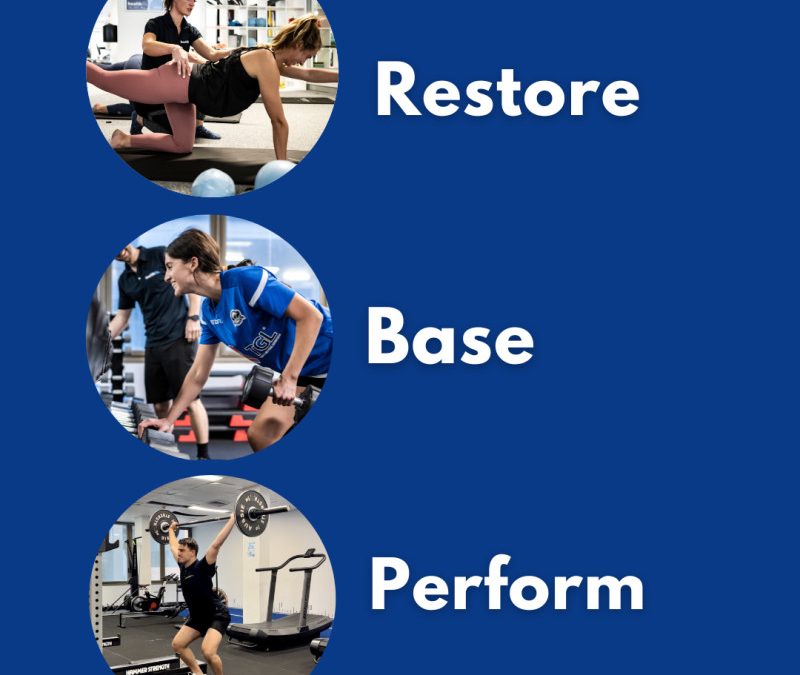
by Ash Cooney | Conditions, Personal Training
Increasing your running load, with regards to training for a big event, can be both exciting and challenging, but also something that requires preparation, thought and balance. The human body will generally have a significant response to an overly quick and intense...

by Ash Cooney | About Healthfix
At Healthfix, our mission is to empower you for a healthier life. We understand that chronic diseases and recurring issues often lead people to use physiotherapy and healthcare as temporary fixes.Whether you’re managing a career, family, or personal health...

by Ash Cooney | About Healthfix, Physiotherapy
At Healthfix, we believe that strength training is an integral part of recovery from injury, not just an activity for the already fit. Healthfix Strength Philosophy Our philosophy is grounded in the idea that rehabilitation should seamlessly transition into...

by Ash Cooney | Latest News
By Caitlan, Skillicorn, Senior Physiotherapist North Sydney A meniscus tear can be a significant setback for those who live an active lifestyle. Whether it be due to a sudden twist during your social basketball competition midweek or a misstep during your...

by Ash Cooney | About Healthfix, Latest News, Physiotherapy
At Healthfix, we’re changing the game in physiotherapy here in North Sydney. We combine the know-how of physiotherapy with group classes to help you not just recover, but truly transform your health for the better. Our goal? To help you get healthy and stay...






